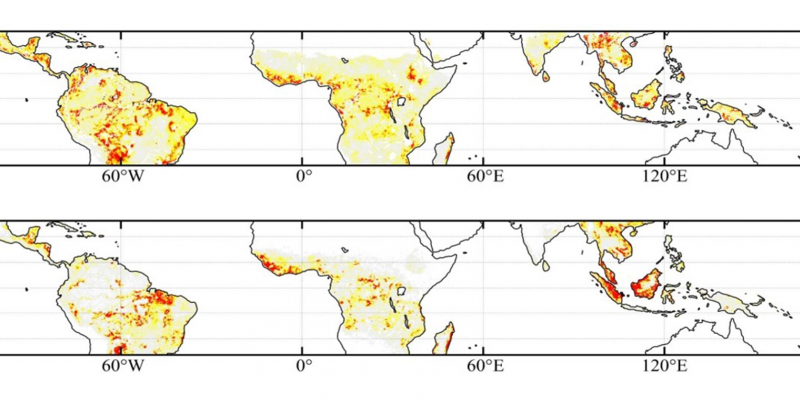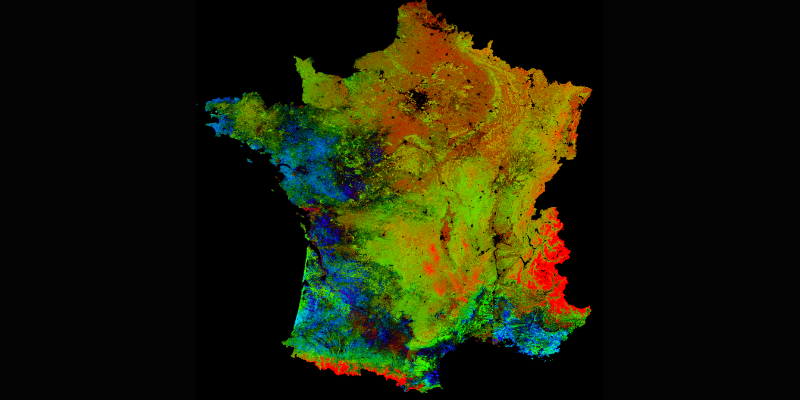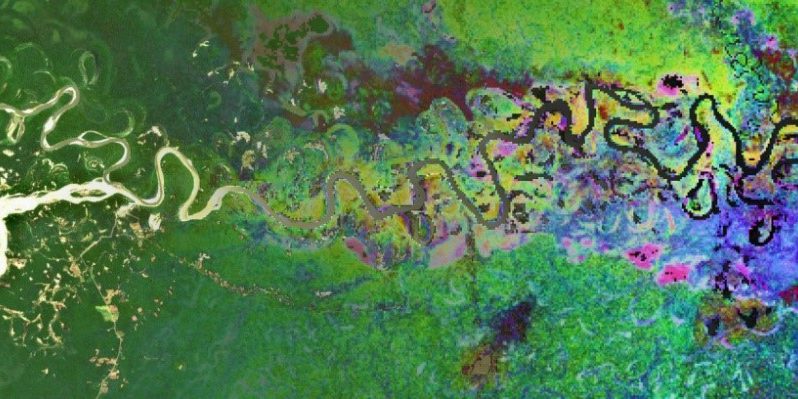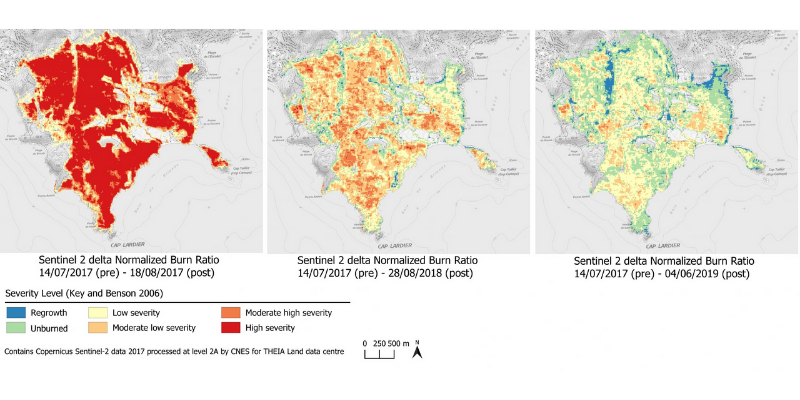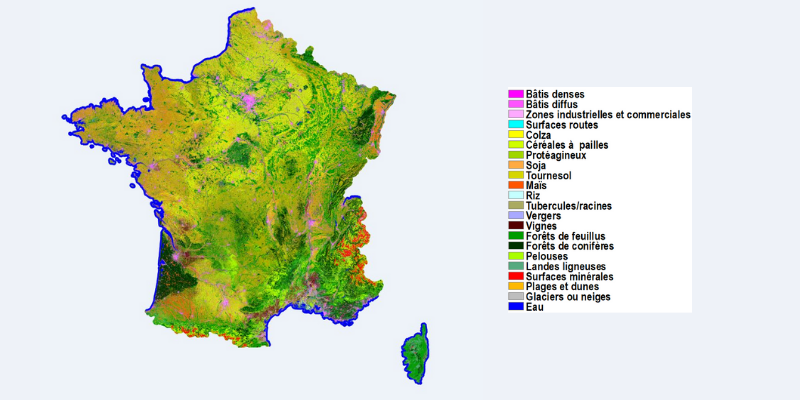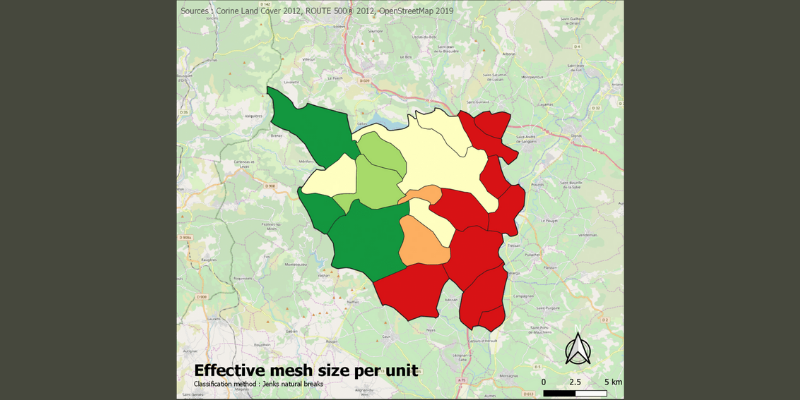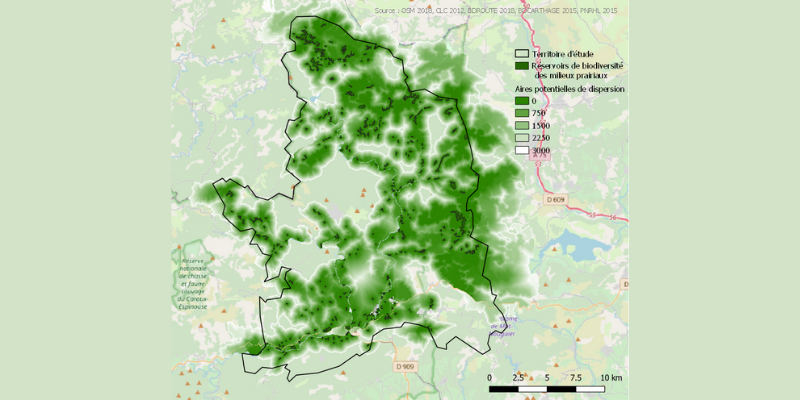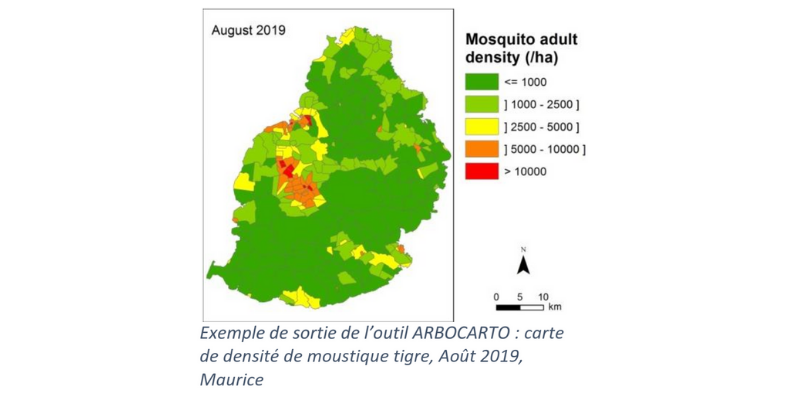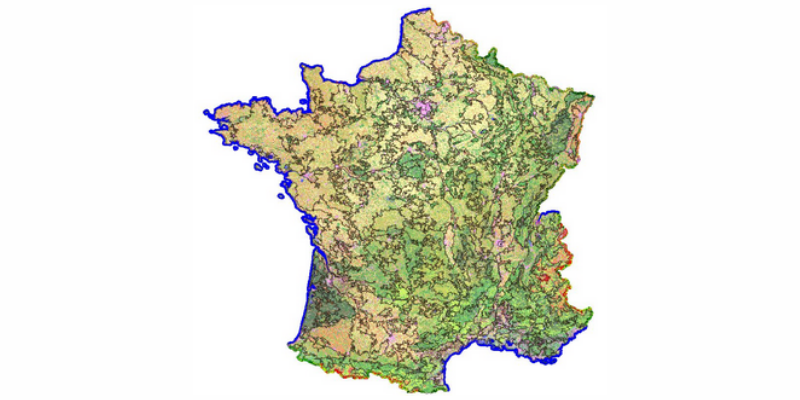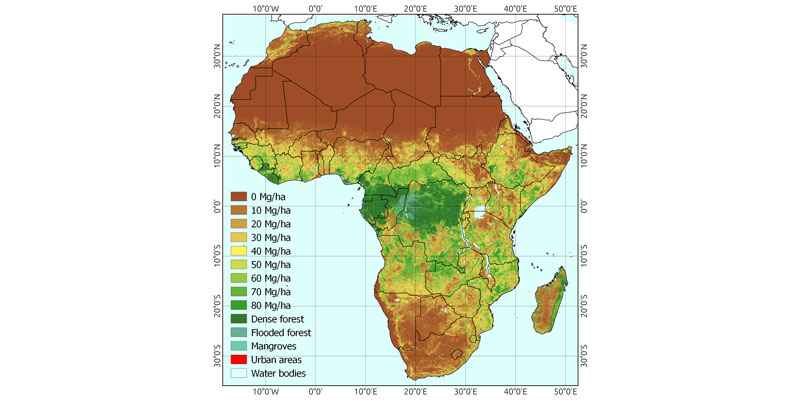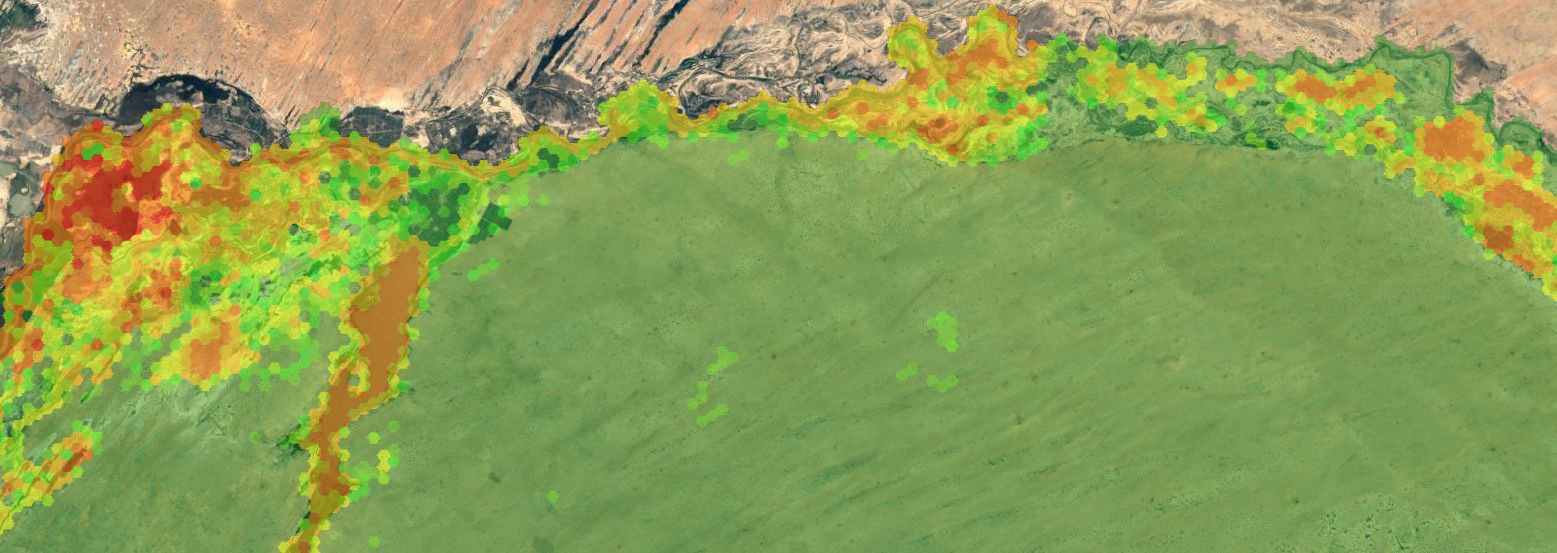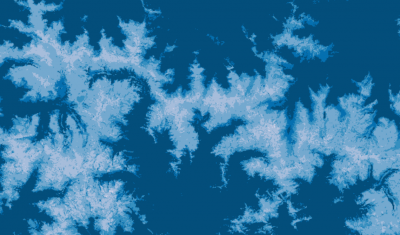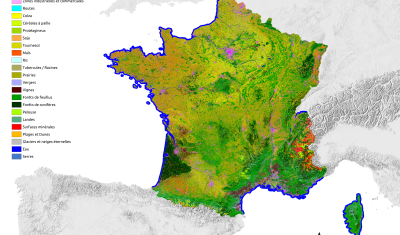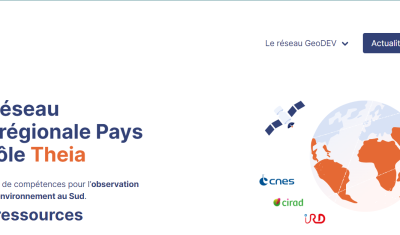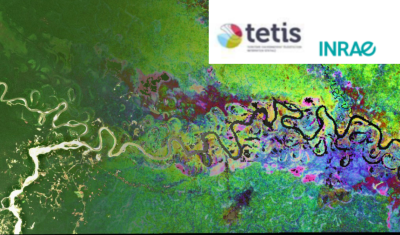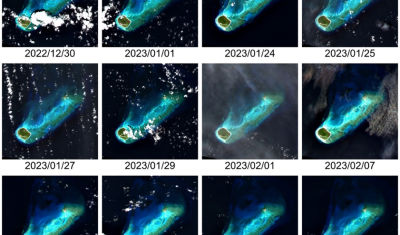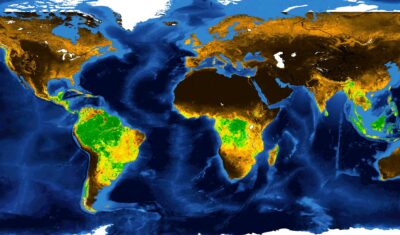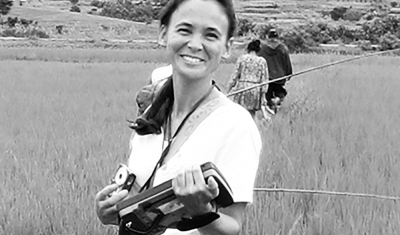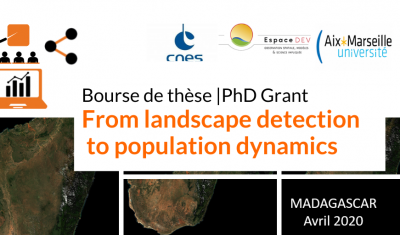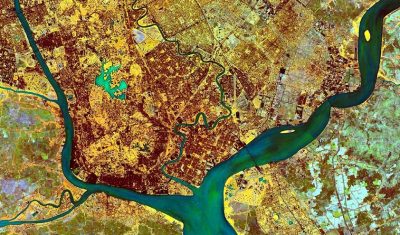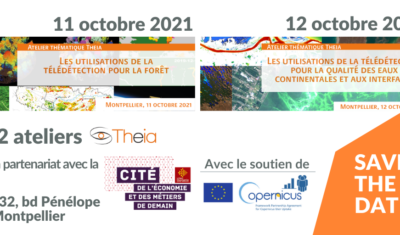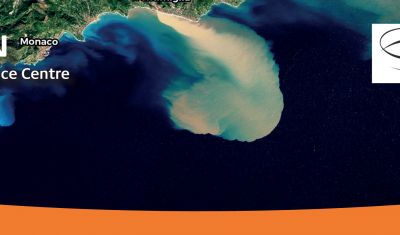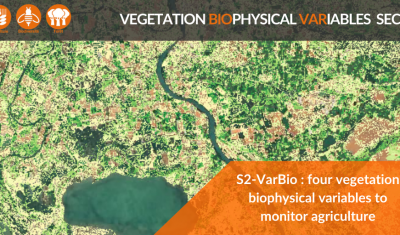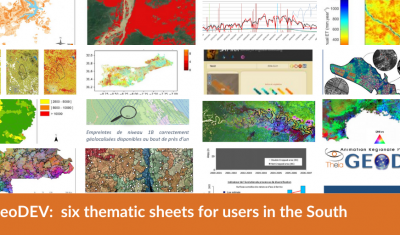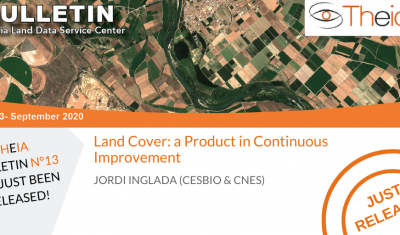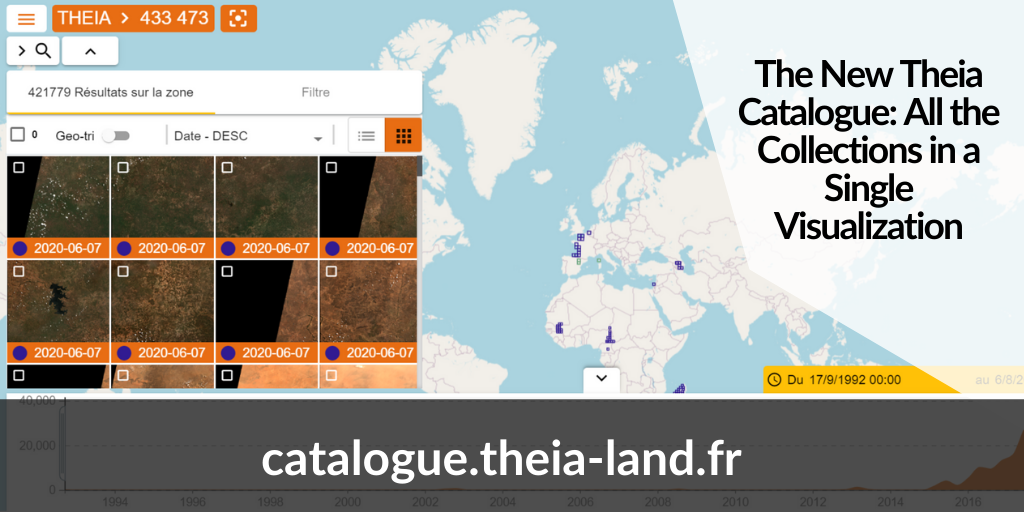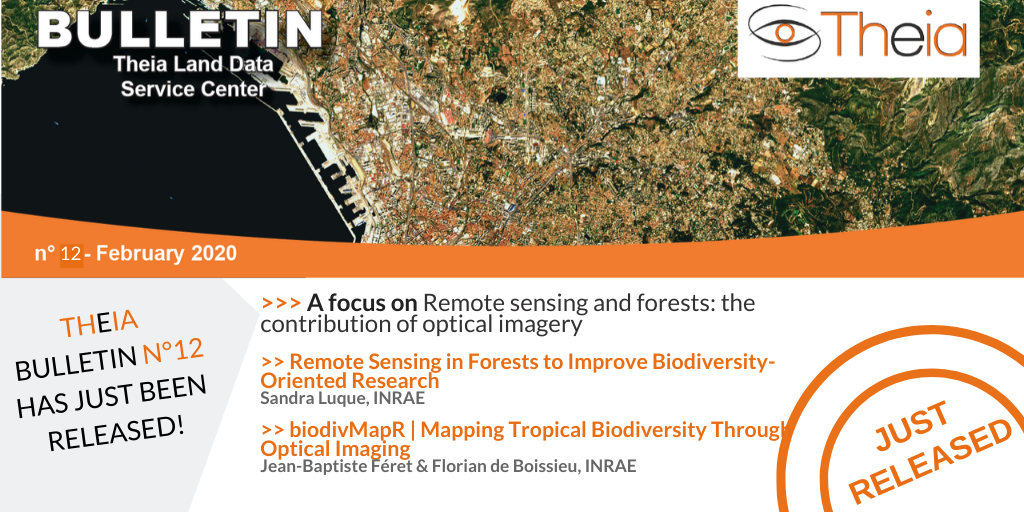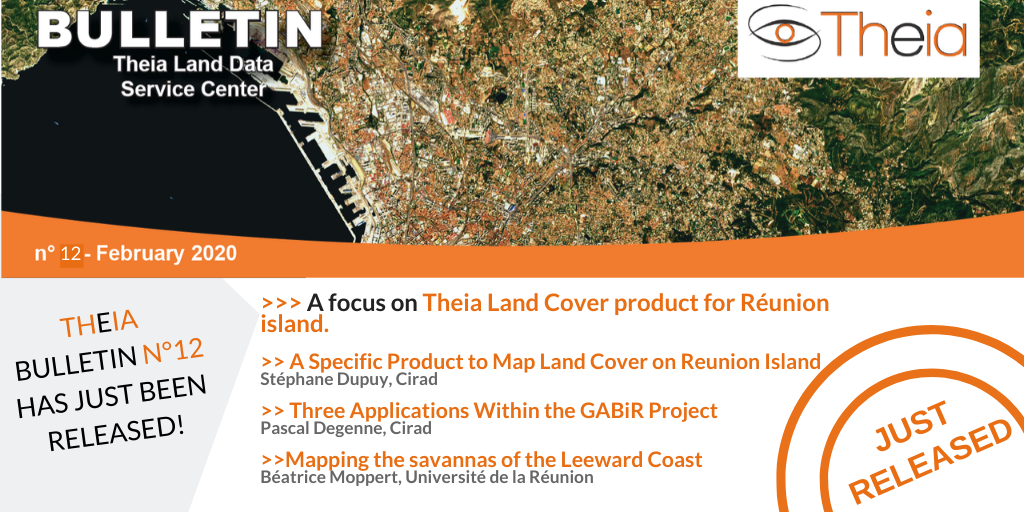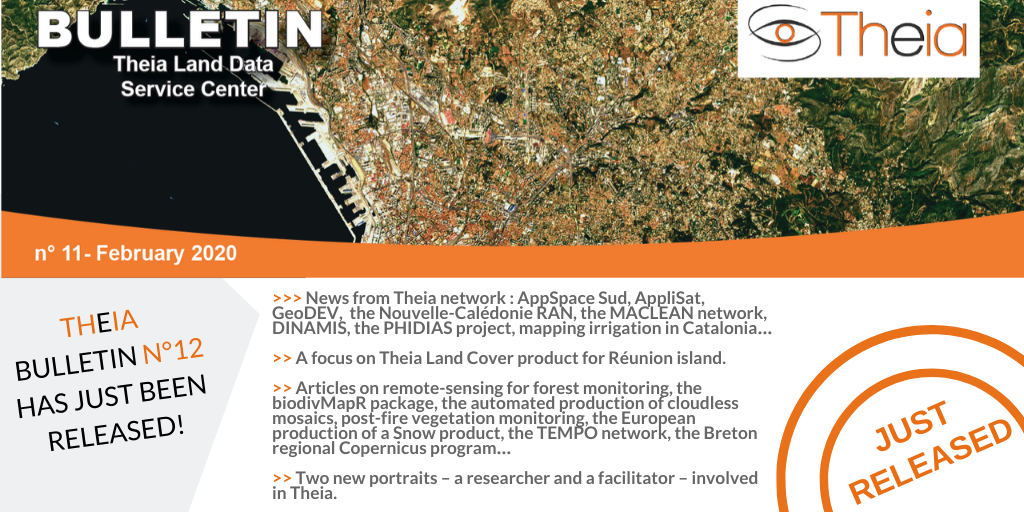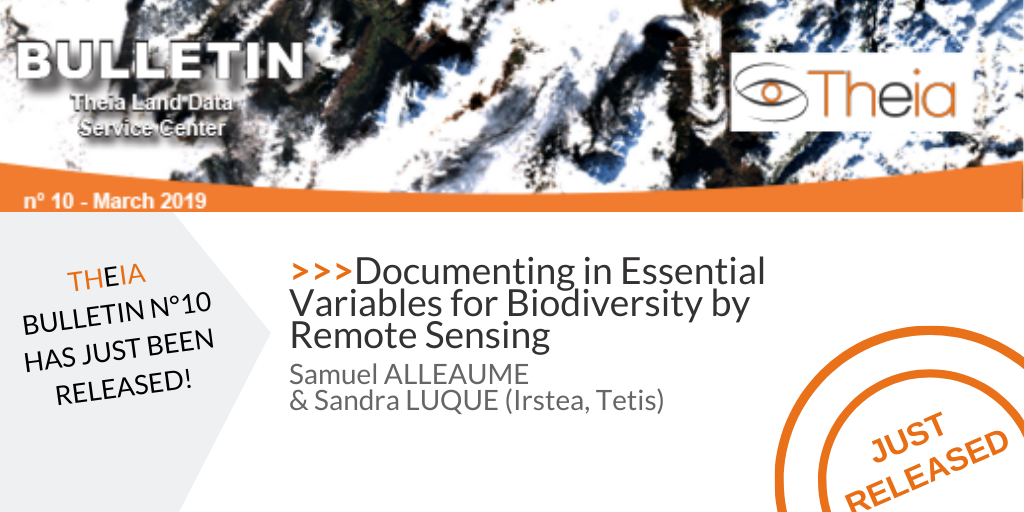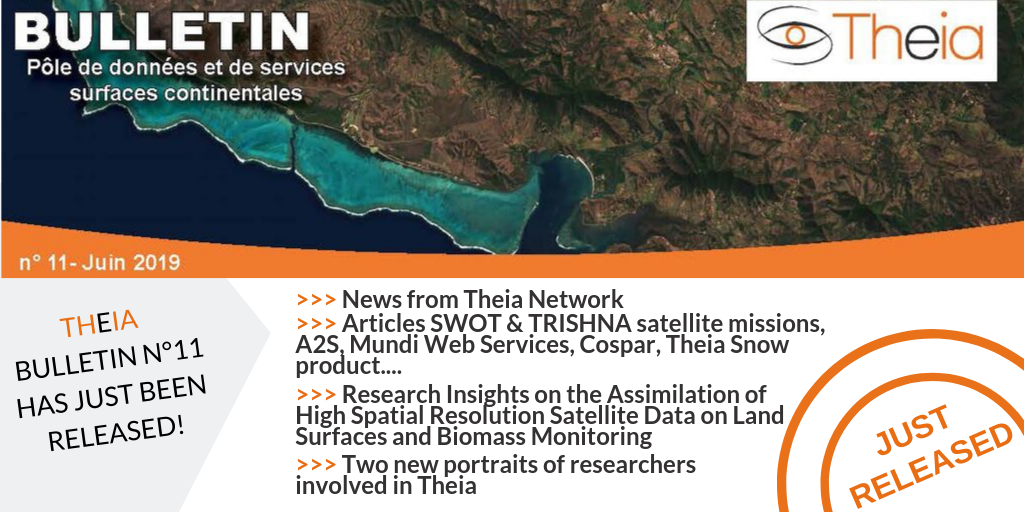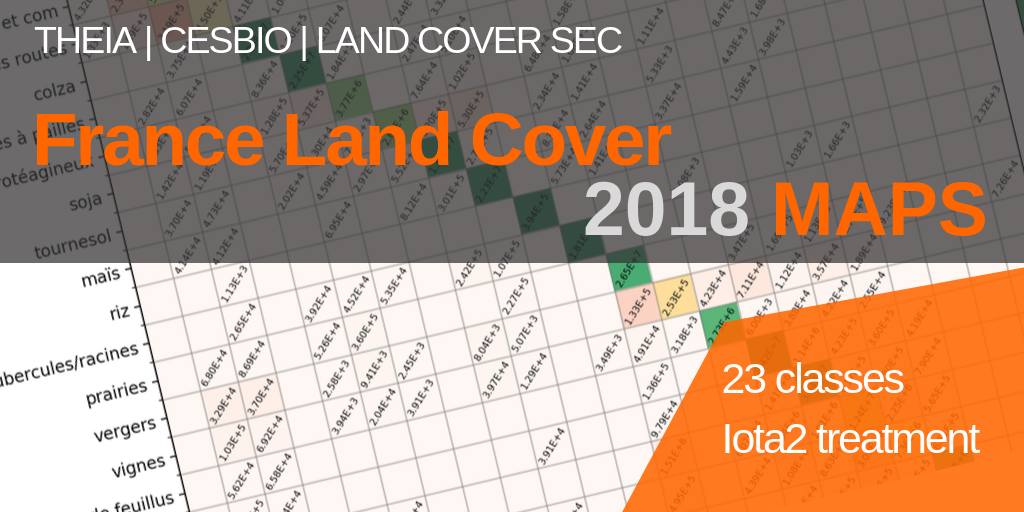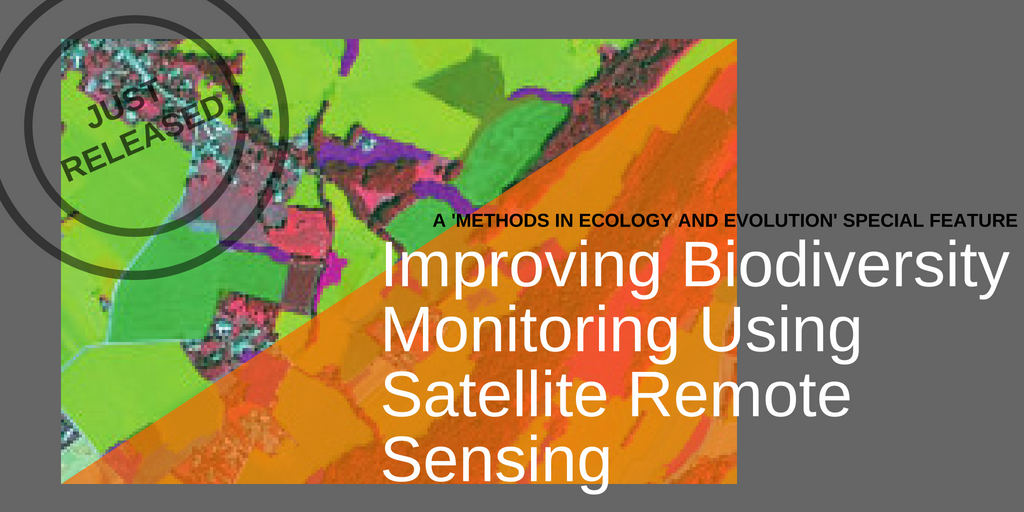Challenges
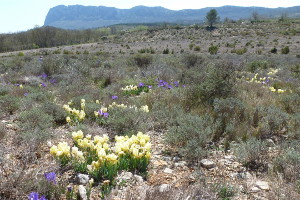
Mas-de-Londres – spring scrubland at the foot of Pic Saint-Loup (34) © S.Alleaume
Preserving biodiversity is one of the major challenges to sustainable development on a national, European (Natura 2000 and the Habitats Directive) and international scale (Convention on biological diversity, 2011-2020).
Natural habitats and the species that live there are under strong pressure from urban growth, artificiality, closing of open environments or the introduction of alien invasive species, leading to their degradation, fragmentation and thus threatening the balance of ecosystems.
Research issues
Stakeholders in the preservation of biodiversity are faced with substantial knowledge needs. They need to know as much as possible about the condition and evolution of biodiversity, in addition to the pressures to which it is subjected on all scales, from international down to local. To obtain a synoptic view of natural habitats and better assess their conservation, it is essential to use remote sensing and associated techniques. The arrival of images from new sensors with different swaths and a variety of spatial and temporal resolutions provides promising prospects for studying the diversity of natural habitats, their phenology and distribution on different spatial scales. We could quote, for example, images taken by drones or aerial photographs with a ten-centimetre resolution; images of Pleaides satellites with a metric resolution; or satellites with decametric resolutions such as Landsat, SPOT or the Sentinel satellites (from 2014), with their 5-day revisit frequency.
In this context, given the wide range of satellite and aerial images currently available, remote sensing can begin addressing these issues, such as:-
- characterising the state of natural habitats and their evolution through, for instance:
- mapping natural habitats, and determining changes to their surface area, distribution, connectivity and phenological dynamics etc.
- measuring biophysical and physical variables (e.g. LAI, biomass, water content and snow) which provide information on the state of plant cover.
characterising pressure on natural habitats, such as measurements of urban sprawl, the fragmentation of natural habitats or the forest’s invasion of open habitats essential for biodiversity…characterising services that biodiversity provides humankind, for example by mapping ecosystem services.
It is also important to take into account these elements of knowledge when monitoring and evaluating public policies to preserve biodiversity and optimise these policies.
The development of innovative methods to integrate multi-source, multi-resolution and multi-temporal imagery offers promising prospects for taking the different ecosystem scales into consideration. In other words, the products derived from remote sensing help determine temporal and spatial indicators for improved knowledge and management of natural habitats.
Some Theia Products on Biodiversity
Relevant Theia SECs
Theia News on Biodiversity
Applications
Current projects
- National CarHab project: mapping of natural and semi-natural vegetation in France. The French Ministry of Ecology initiated CarHab in 2011 in order to have by 2015 a 1:25000 map of natural and semi-natural vegetation throughout France.
For more information, see www.irstea.fr
- GEOSUD project: the goal is to develop an international research and transfer centre for remote sensing and satellite information to promote sustainable development. This projet contributes to the development of thematic methods (mapping of natural habitats) and their formalisation through methodological guides.
- CHAMOIS project: the goal here is to map the spatial distribution and diversity of flora in high-altitude natural habitats in the Isère department (eastern France) by trialling remote sensing methods and using graph theory to analyse vegetation survey databases.
For more information, see projet CHAMOIS - Agropastoral fabric of the Massif Central region (central France): maintaining biodiversity in the Massif Central by preserving the quality and functionality of grasslands (IPAMAC association). The project aims to develop as detailed cartographic inventory methods of flora in grasslands as possible. It applies to both aerial and satellite imagery (Worldview2, Pleiades, SPOT) with a spatial resolution from 0.30 to 2.5 m recorded at different periods of the growing cycle, in addition to lidar data and spatialized phytosociological surveys.
- Tel-IAE project: to develop methods and tools based on satellite imagery for the identification and characterisation of agro-ecological infrastructures for R&D players and public authorities.
- ASTERIX project (Analyse Spatio¬temporelle pour la Télédétection de l’Environnement par Reconnaissance dans les Images compleXes – http://anr-asterix.irisa.fr). This project is designed to provide methods, algorithms and software for image analysis and automatic learning to help recognise environmental objects in complex images by explicitly taking into account the specificity of remote sensing imagery. It seeks to define a methodological framework to process data at various spatial and temporal scales. As part of this project, a study is currently being carried out on the dynamics of ash tree colonisation of pastures in the Hautes-Pyrénées region.
Past projects
- European MS.MONINA project – Multiscale Service for MONItoring NAtura 2000 habitats of European community interest. The project proposed setting up observation and management services for Natura 2000 sites and other habitats of interest to Europe.
- European BIO_SOS project (Biodiversity Multi-SOurce Monitoring System: From Space To Species). The main goal was to develop an efficient pre-operational multi-year monitoring system for Natura 2000 sites and their surrounding areas, subject to different and combined pressures.
- Regional RhoMeO project: observatory on the state of wetlands in the Rhône-Mediterranean basin (2011-2013). It set up monitoring and analysis tools for these wetlands based on biological indicators and human pressure.
- FORGECO project. This project focused on ecological intensification in a multifunctional context of forested areas. One of the objectives was to set up methods to help in decision-making for inventorying forest habitats and analysing their past and future evolution.
Thesis
Current thesis
- Cartographie des écosystèmes de montagne et analyse des changements de phénologie en lien avec les changements climatiques-utilisation de séries temporelles d’images satellitaires
Emmanuelle Cano
LETG – Rennes Costel - Evaluation la restauration écologique des cours d’eau par télédétection à très haute résolution spatiale et temporelle : développement d’une approche multicapteurs
Marianne Laslier
LETG – Rennes Costel - La cartographie des services écosystémiques : un nouvel outil d’intégration des relations homme-milieu dans la gestion environnementale ?
Solen Leclerch
LETG – Rennes Costel - Impact du changement climatique sur la biodiversité des zones humides : l’analyse des politiques publiques au Brésil et en France dans les parcs du Pantanal et de la Grande Brière
Heloisa de Camargo Tozato
LETG – Rennes Costel - Exploitation de séries temporelles d’images satellites à haute résolution spatiale pour le suivi des prairies en milieu agricole
Pauline Dusseux
LETG – Rennes Costel
Past thesis
- Délimitation et caractérisation fonctionnelle des zones humides à l’échelle du bassin versant pour une gestion raisonnée et intégrée : évaluation de la télédétection à très haute résolution sur la Dordogne
Sébastien Rapinel
6 sept. 2012 – LETG – Rennes Costel - Diversité, organisation spatiale et fonctionnelle des communautés de papillons (lépidoptères, rhopalocères) en milieu urbain et périurbain (Rôle des espaces artificialisés en terme de conservation et de connectivité)
Marie-Hélène Lizee
2011 – Université de Provence ; Ecole Doctorale Sciences de l’Environnement, Marseille
- Analyse à l’échelle régionale de l’impact de l’occupation du sol dans les corridors rivulaires sur l’état écologique des cours d’eau
Thierry Tormos
2010 Cemagref Montpellier UR LCMO UMR Tetis FRA - Suivi multi-échelle par télédétection et spectroscopie de l’état hydrique de la végétation méditerranéenne pour la prévention du risque de feu de forêt
Fabien Dauriac
2004 – Doctorat Sciences de l’eau, ENGREF, Montpellier - Distribution potentielle des grands mammifères dans le parc du W du Niger
Thomas Rabeil
2003 – Université Paris Diderot – Paris 7 - Descripteurs du paysage dérivés d’images satellitales et leur utilisation dans la cartographie de la biodiversité
Guillem Chust
2002 – Université Paul Sabatier, Faculté des sciences pharmaceutiques, Toulouse - Télédétection et agroécologie, un essai de cartographie destinée à la gestion des milieux herbacés de haute montagne : application au Parc national des Ecrins
Aline Cherpeau
1996, Cemagref Grenoble AMGR
Articles
Séminaire Biodiversité, organisé le 20 mars 2014 par l’IGN avec le concours du Pôle Theia (à Saint Mandé):
- Biodiversité et politiques publiques : Jennifer Amsallem (UMR TETIS)
- Les potentialités de l’imagerie radar pour la caractérisation des continuités écologiques: Application au réseau bocager dans un contexte agricole : Julie Betbeder (COSTEL-LETG)
- Le projet CarHab, apport de la recherche pour le projet : Loïc Commagnac (IGN/SAI)
Other publications :
- La modélisation des espèces et de leurs habitats
- Télédétection et milieux humides (Pôle-relais lagunes méditerranéennes, 2016)
- Theia en zone sèche méditerranéenne : retour sur l’utilisation d’une nouvelle source d’information d’occupation du sol (Les Ecologistes de l’Euzière)
- A Sourcebook of Methods and Procedures for Monitoring EBVs in Tropical Forests with Remote Sensing (GOFC-GOLD)


